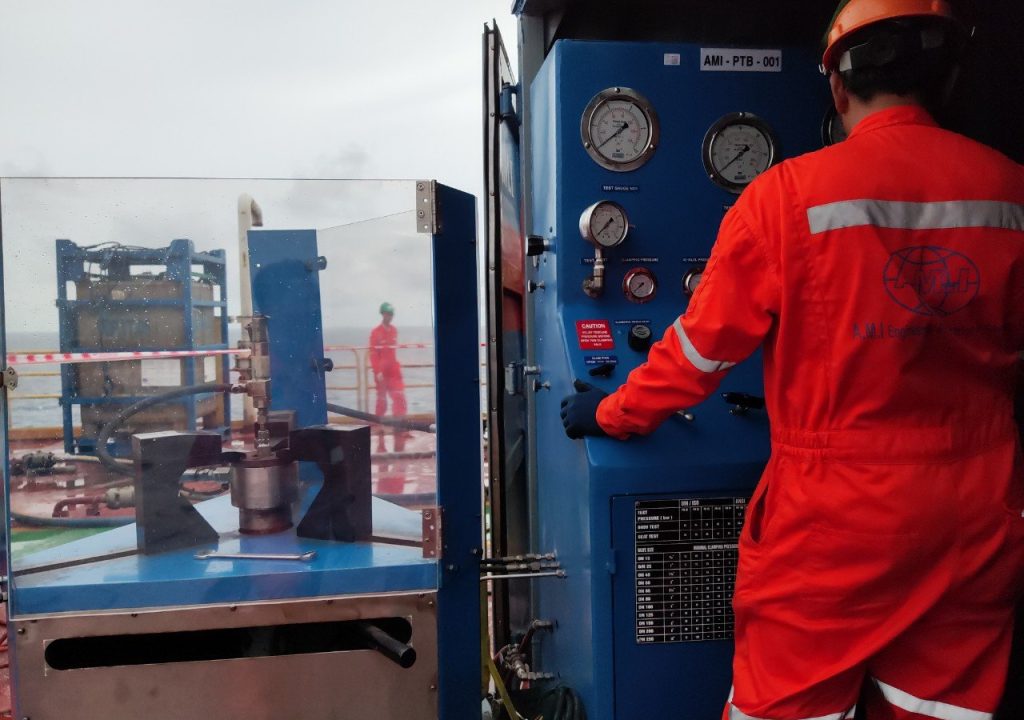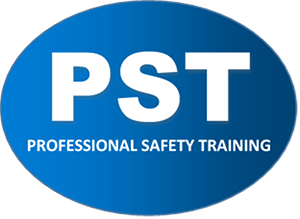CONTROL VALVE SIZING, SELECTION AND MAINTENANCE
A control valve is a power-operated device capable of regulating fluid flow by varying it from minimal to maximum capacity in response to signals from the control system. Control valves can be broadly classified as either “on-off” valves or “flow-regulating” valves.
A control valve consists of an actuator mechanism capable of changing the position of a flow-controlling element within the valve. Flow modulation is achieved by moving a valve plug in relation to the port(s) located within the valve body. This valve plug is connected to a valve stem, which, in turn, is linked to the actuator. The actuator, which can be operated pneumatically or electrically, directs the movement of the stem in accordance with signals from an external control device, typically responding to input from a controller. Together, the controller and valve form a fundamental control loop.

What You'll Learn
Various types of valves are available, each with its own advantages and limitations. The selection of a specific valve type depends on its ability to perform particular functions, including:
- The capacity to throttle or control the rate of flow.
- The ability to minimize turbulence or flow resistance when fully open to reduce head pressure.
- A quick-opening and closing mechanism, often necessary in emergencies or for safety.
- Secure shut-off to prevent leaks under high pressure.
- The capability to allow flow in one direction only to prevent backflow.
- Opening at a pre-set pressure for process control and equipment protection.
- The ability to handle abrasive fluids using hardened materials to prevent rapid wear.




